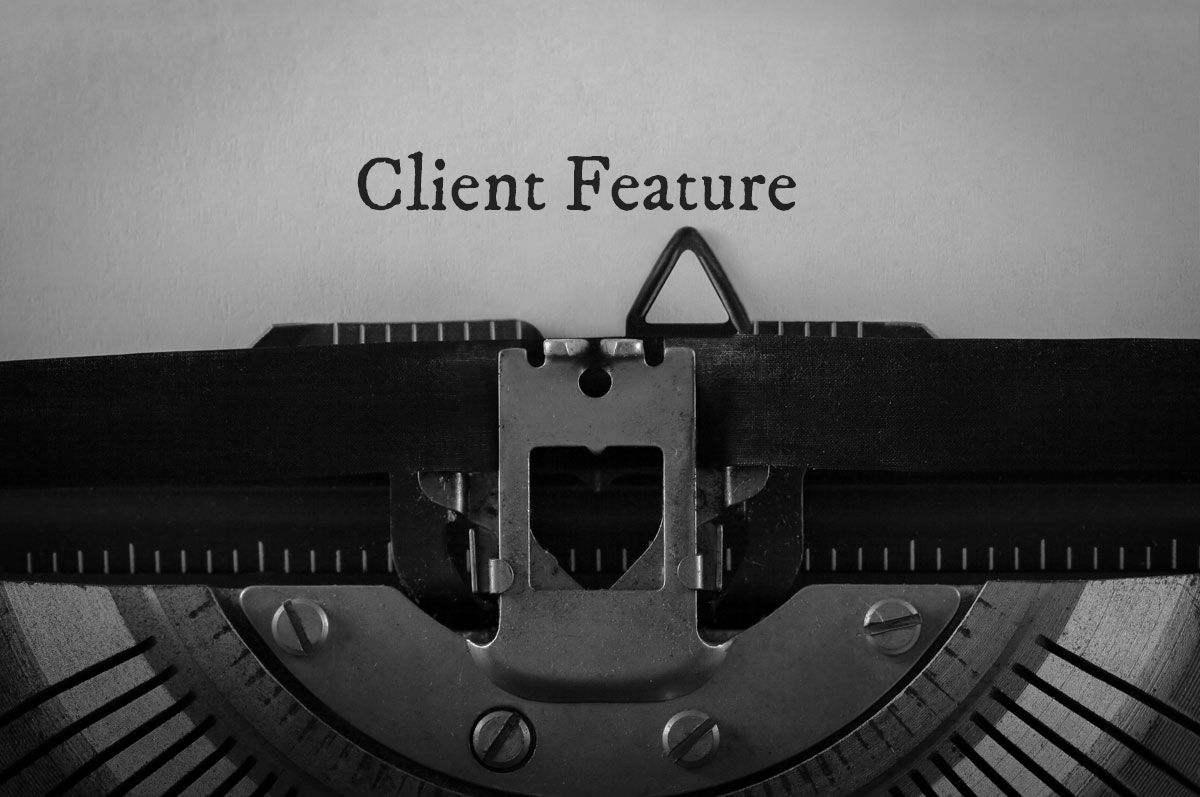It’s finally time! You’ve decided to preserve that collection of historical family artifacts you have boxed up and collecting dust. Maybe they’re a little water-stained or faded from sitting in your basement for a decade, or possibly you’re considering offering your collection to a larger audience once digitized. No matter the size or condition, your collection is important and deserves to be preserved.
Once you’ve developed the scope of your digitization plans, it’s time to make some decisions about how to proceed. Do you tackle the project on your own with equipment you already own? Do you find an archival firm that specializes in your kind of collection? As with any hiring process, it can sometimes be difficult to find the right fit in a partner that meets both your needs as the guardian of a collection and the needs of the collection itself.
When I first came into possession of [the journals] I thought, ‘Maybe this is something I can do on my own time. Maybe I can get a scanner.’”
Collection custodian Jim Surber found himself in a tough position when planning ahead for his digitization goals. “The collection’s been in my possession for about a year now,” says Surber. “I just wanted high quality images of the covers and the contents so they could be easily shared.”
The collection consisted of twenty-one bound journals given to Surber by an extended family member. The journals belonged to Surber’s great-grandfather, contained daily diary and travel entries ranging from years 1895 to 1925, and included a number of loose newspaper clippings. The journals themselves were each about the size of a small notebook, most of them no larger than 7” x 4”. Though some of the handwriting inside had faded significantly over the years, most of the materials had inked text that remained clear even after years in storage.
Despite being nearly a century old, most of the journals were in good structural condition. “[The collection] was stored in a house as far as I know,” says Surber, “probably just a box in the basement.” Storage is an important, oft-underestimated element of document preservation and can be a huge factor when it comes to the end condition. It’s rare that a collection stored in a basement is free of water or pest damage. This collection benefitted from not being overhandled, but the tradeoff of its diligent storage is that the information in the journals had never been carefully reviewed or studied.
Finding himself with a collection that was so important to him and his family, Surber began to explore his digitization options. “When I first came into possession of [the journals] I thought, ‘Maybe this is something I can do on my own time. Maybe I can get a scanner,’” says Surber. “Then I found out, ‘Wow, this is more involved than I thought it was. This is really going to take a lot of time, a lot of dedication.’”
Many caretakers of personal collections start out in the same position. The handling and imaging of delicate pages and bindings often don’t hold up well in the small flatbed printers most people have in their home offices. An archival firm has resources like cradle scanners and imaging software that would be impossible for the DIY digitizer to afford or access.
The Surber journals in particular presented an imaging challenge; the author had used as much of the page as possible in most of his entries, and the text reached the very edge of the inner margins on many of the pages. “I’d have to press [the journals] flat on a scanner, and not all of them should be pressed flat like that,” Surber recounts. “These are fragile and I don’t want to risk hurting them.” The narrow or, in some cases, nonexistent margins required a cradle scanner and careful maneuvering to capture the entire page. For historical artifacts like these journals, using a flatbed likely would have inflicted damage and provided incomplete scans, putting a frustrated collection owner back at square one.
If a collection requires the extra care and expertise that only an archivist can provide, what’s the appropriate next step? Finding a digitization partner that values a collection as much as the guardians do isn’t always an easy task.
Interested in learning more about what a digitization partner can do for your collection? Read about Historical Document Digitization.
“I called a couple [digitization firms] before I called Anderson Archival,” Surber says, “and it wasn’t really what they did. These companies basically told me, ‘I know what you’re getting at but it’s not really what we do.’” Surber’s collection was historically significant to him and his family, but the big digitization firms he reached out to weren’t willing to invest their time and expertise. “They just blew me off,” Surber recalls. “I wasn’t able to convince them it was worth their time.” Unless your collection is a truckload full of documents that can pushed quickly through a scanner with little or no processing, many digitization firms may not work with a private collection.
One benefit of family collection projects is that the audience connection is so much more immediate. Surber says, “My digging around the family history has led me to a lot of people my branches of family hadn’t been in contact with in many years. It’s interesting to hear people’s stories and reconnect with people.” In this way, Surber and Anderson Archival approach historical collections from the same perspective. “Everybody has a different story from those days, so we’re just trying to put it all together. It’s been so long but I think there’s more to be told.” Thankfully, Anderson Archival’s digital copies of the collection can facilitate that connection.
Not all collections are understood to be historically significant to the larger public, but just because they may never be viewed in a museum or gallery or aren’t easy to feed through a high-speed scanner, does not mean that they aren’t worth preserving. Digitization of family collections is important and necessary.
If your collection means a lot to you and you’d like it to be around forever so that anyone you choose can learn from and enjoy it, digitization might be the answer. Let Anderson Archival do the hard part for you. Contact us today!






